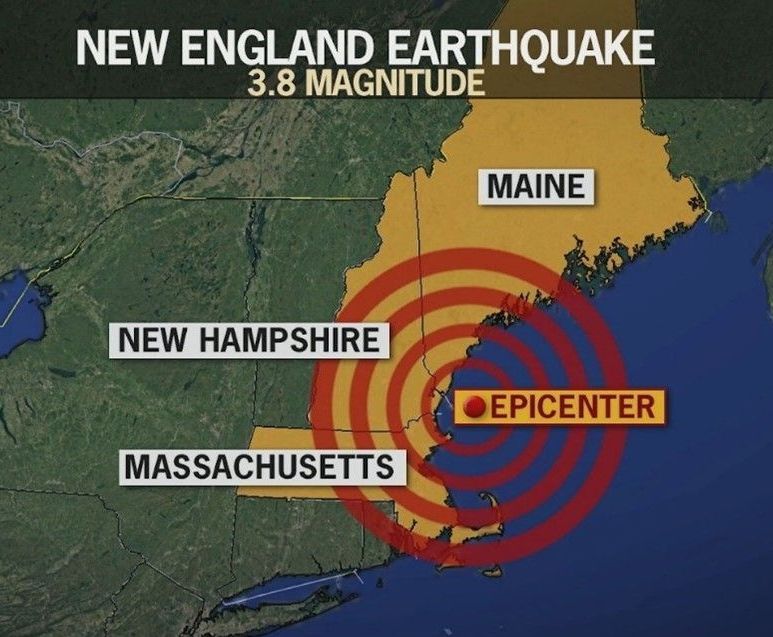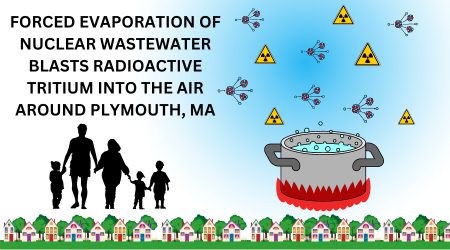Fukushima warning: waters will rise
- By Christopher Nord, C-10 Board Member
- •
- 26 Mar, 2020
With anniversaries of nuclear accidents, climate change is on my mind
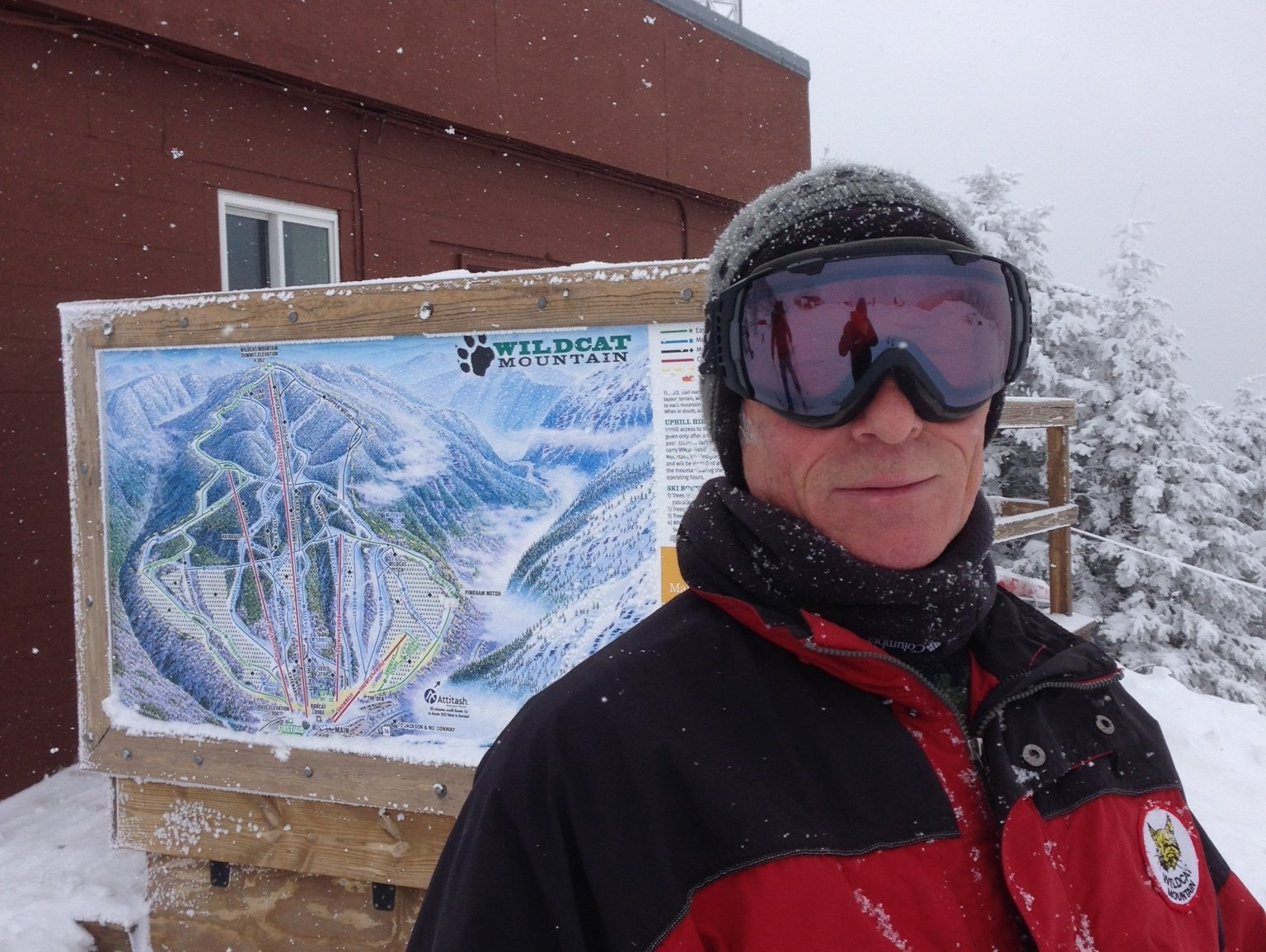
Memories of disaster unfolding
March 28 is the 41st anniversary of the accident at Three Mile Island. As a result of that accident, molten and highly radioactive fuel sits within the ruined Unit 2, in the middle of the Susquehanna River—awaiting “clean-up” at some future date.
But it’s the disaster at Fukushima that’s most on my mind lately. Particularly given similar vulnerabilities of the coastal region near Seabrook Station, and the fact that C-10 shared our knowledge of radiological monitoring with people from Japan concerned about public health.
On the evening of March 10, 2011, I stopped into a friend’s slope-side condo after a day of skiing to say goodbye. But I just stood transfixed by the movie he had on the TV—which I learned later is called “The Day After Tomorrow.” In the scene before me, a very large city was drowning beneath cataclysmically rising water—to the point that ships were floating down streets between enormous buildings. Eventually, I came to my senses and left for home.
The next morning, still sleepy, I turned on the TV to check the Boston area weather. For a moment, I felt a kind of amazement, as I seemed to be watching an excerpt of the movie I had stumbled in on the night before—until the familiar voice and intonation of the news reporter shocked me into the realization that I was watching actual footage of a tsunami hitting the shores of Japan.
The tsunami that inundated Japan’s east coast on March 11, 2011, thrust into the consciousness of millions around the globe a link between natural disasters, rising water, and the vulnerability of atomic plants to cataclysmic failure in the face of such phenomena.
After only a few days without power, three of the six American-designed General Electric “boiling water” reactors operating at the Fukushima complex suffered steam explosions due to diminished cooling water. The resulting “meltdowns” within each reactor caused molten reactor fuel to migrate beyond its designed confinement, causing massive radioactive releases into the air, ground, and water from the shore of the Pacific Ocean—where nine years later, local residents continue to grapple with the radioactive aftermath.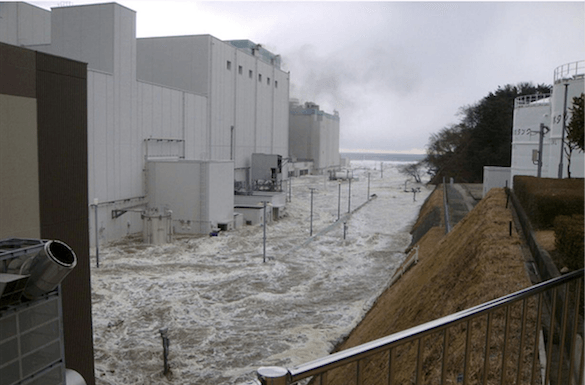
Design flaws persist
The United States has a corporate and governmental connection to this disaster, which remains largely unacknowledged; and in fact, C-10, our non-profit watchdog group, does as well. The GE Mark I reactor was such a poor design from a safety standpoint that in 1976, GE’s Project Manager for Mark I Containment Assessment, Dale Bridenbaugh, resigned in protest over the public hazard it represented. General Electric was undeterred, as was the US Nuclear Regulatory Commission. Dozens of these reactors were allowed to be sold by GE, domestically and internationally. (Two GE Mark I’s were finally shuttered recently in New England: Vermont Yankee near Brattleboro, and Pilgrim, In Plymouth, Massachusetts.)
Five of the six reactors at the Fukushima complex are GE Mark I’s, and their containment structures behaved in an emergency just at Mr. Bridenbaugh feared. As a result, the residents of Fukushima’s reactor community must contend with the effects of radiation exposure for decades to come—which leads us to C-10’s involvement.
When the citizens of the Fukushima Prefecture realized they needed to monitor the ongoing radiation levels in order to best protect their families, they sent representatives to the C-10 office in order to learn how. Some of our old equipment was even refurbished by manufacturer International Medcom and put to work measuring radiation levels in the wake of the accident.
Fukushima’s radiological disaster is the third known major accident among the world’s commercial atomic reactors; Three Mile Island, (near Harrisburg, Pennsylvania, 1979), and Chernobyl (Ukraine, April 26, 1986) are the other two. There have been other very close calls.
Ironically, it is safe to say that Americans generally know more about the two accidents that did not occur on US soil; but nonetheless, three major accidents involving radiological releases to the biosphere occurred within a 32-year period.
Nuclear plants are vulnerable to rising seas
While clearly none of the three disasters have any causal relationship to climate change, Fukushima shares a risk factor with the Seabrook reactor as our seas warm and rise: proximity to the ocean for access to sufficient reactor coolant.
In the case of Fukushima, the tsunami knocked out the local electrical supply, which meant the water needed to cool the thermally hot “spent” fuel could not be replenished—leading to a buildup of hydrogen gas, and the eventual explosions. The decision to site the reactor complex at the edge of Japan’s Pacific coast— a known area of seismic activity—in order to gain access to cooling water, resulted in the disabling of a crucial cooling system due to inundation, and disaster.
Seabrook has a barrier beach between it and the ocean, so even granting the reality of seismic activity nearby, this reactor is somewhat protected from any tsunami threat. What is much more concerning is the undeniable likelihood of ocean level rise during the operating life of the reactor. (See a prior C-10 blog on Seabrook’s vulnerability to climate change induced storms and flooding.)
Having brushed aside C-10’s legal challenge to NextEra’s proposed handling of Seabrook’s concrete degradation, the NRC has extended Seabrook’s operating license from 2030 to 2050; and there is every indication that the real goal for Seabrook is not a sixty, but an eventual eighty-year license—which would extend its operation out to 2070.
Given that the earth’s oceans appear to be warming at an accelerating rate, and that the Western Antarctic Ice Sheet is now sitting on a cushion of liquid water, it is ever more likely that the world’s oceans will rise significantly, and probably in our lifetime—certainly in the lifetime of our children.
It is also likely that some of that rise will be sudden; and unlike the recent storm surges that have temporarily flooded low-lying areas of our coast and then receded, a sudden rise caused by the massive slide of land-born ice into the Southern Ocean would be permanent. Drop an ice cube into a brim-filled glass of seltzer water, and watch what happens!
Just how the owners of the atomic plant in our backyard plan to deal with these contingencies is largely unknown. We live in an era of reduced “regulatory interference” after all; and the priority given to extended operation, without regard to the informed intervention of concerned citizens, tells me that profit will be paramount till the boats are launched.
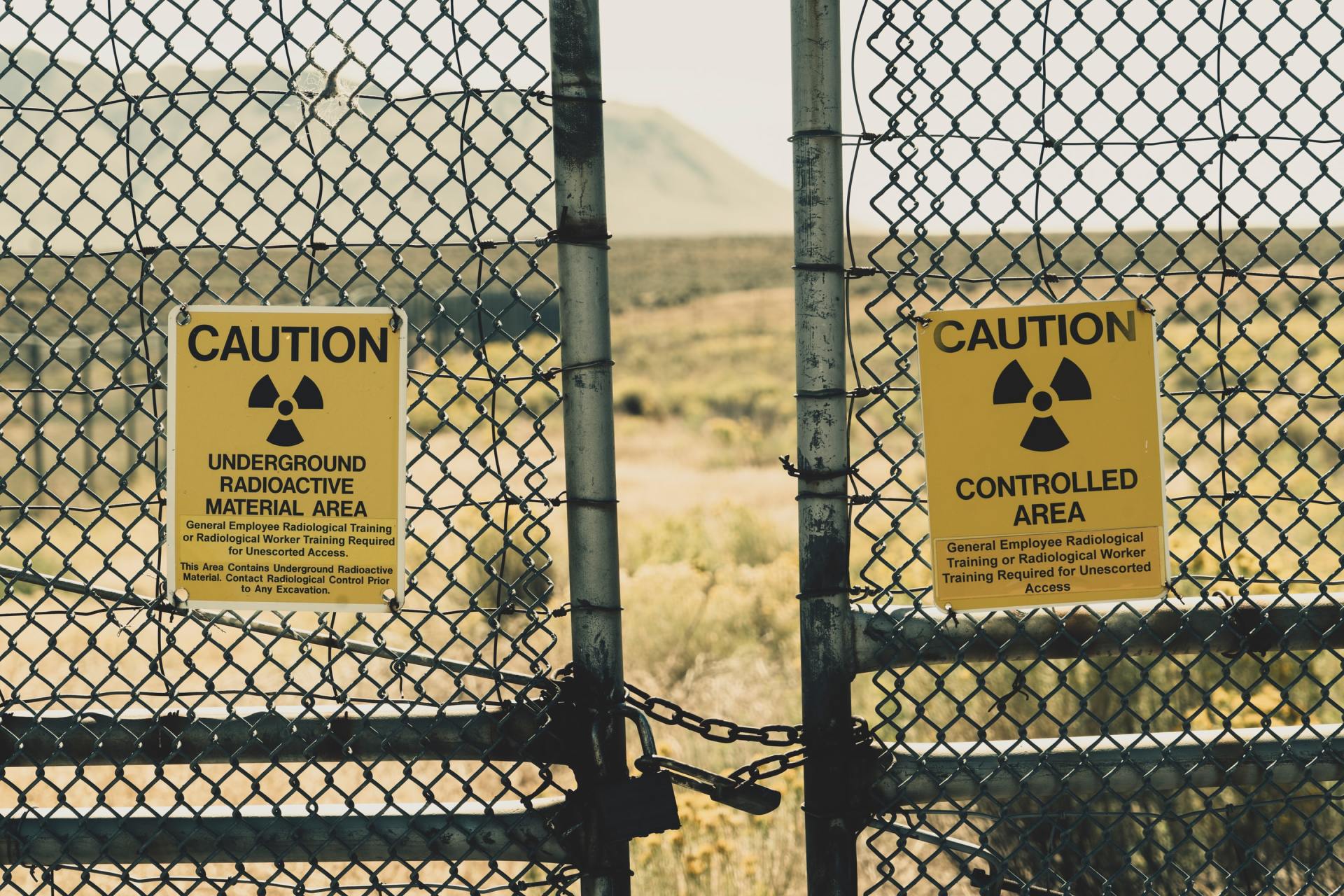
The burden of future generations
Then, of course, there’s all that nuclear waste that must be moved somewhere; and the moment it leaves NextEra’s property, it becomes the property of the Department of Energy—at which point it becomes all of our problem. Reactor owners everywhere are banking on that eventuality.
Instinctively, we all want to send Seabrook’s High-Level Waste (HLW) somewhere far away. An earlier concept of deep geologic burial led to the creation of the Yucca Mountain repository in Nevada, in spite of the fact (or because of the fact) that the land was given by US treaty to the people of the Western Shoshone 170 years ago.
What would become an unfinished $9 billion hole, in a seismically and volcanically active geologic zone, the Yucca repository project never opened. It turns out the Shoshone don’t want our radioactive waste within their sacred mountain; and they would have saved us the trouble and expense if only we had asked them. Also, the Yucca site was never designed to hold more than a fraction of the expected US inventory of commercial HLW—and never for more than a fraction of the time needed to exhaust the wastes’ toxicity.
The current federal plan calls for so-called “Consolidated Interim Storage”of HLW in dry cask parking lot installations way out in west Texas and New Mexico—on lands populated by, you guessed it, Chicano and aboriginal American communities. These communities are, politically, least able to defend against the machinery of federal appropriation.
This means that HLW from Seabrook, New Hampshire, would be transported overland, by rail and highway—and is therefore subject to the risk of accident along the way. Furthermore, these western installations could easily become de facto long-term storage sites, because the political will does not exist to develop the truly long-term isolation technologies, and locations, that these frighteningly hazardous, unbelievably long-lived materials require.
Those of us who live, and work, and raise families within the Ingestion Pathways of US commercial atomic plants must insist that our political representatives find regional solutions to the problem of High-Level Waste—and soon. Environmentally racist policies that exploit racial difference, while passing off the long-term isolation problem to our grandchildren, constitute a terrible form of hypocrisy. We must not allow “fixes” to be implemented that leave our descendants to curse the choices we’ve made.
Isolation technologies should be developed that fit the actual longevity requirements of the radionuclides that comprise High Level Waste. Sites should be researched and chosen for High Level Waste isolation within as many of the regions of the United States where atomic plants operate as possible—so that long-haul transportation, and the exploitation of minority groups, are avoided.
The final siting of these facilities must include a consent-based, democratic process for affected communities. Until these regional solutions are found, the High- Level Waste should remain in the possession of the corporations responsible for making it.
As long as we have nuclear reactors operating along our coastlines, we must be concerned with the risks they pose to the biosphere due to rising sea levels. Isn’t there a safer, cheaper, more practical way to provide electricity at the scale required for modern life? Stay tuned.
Follow us

